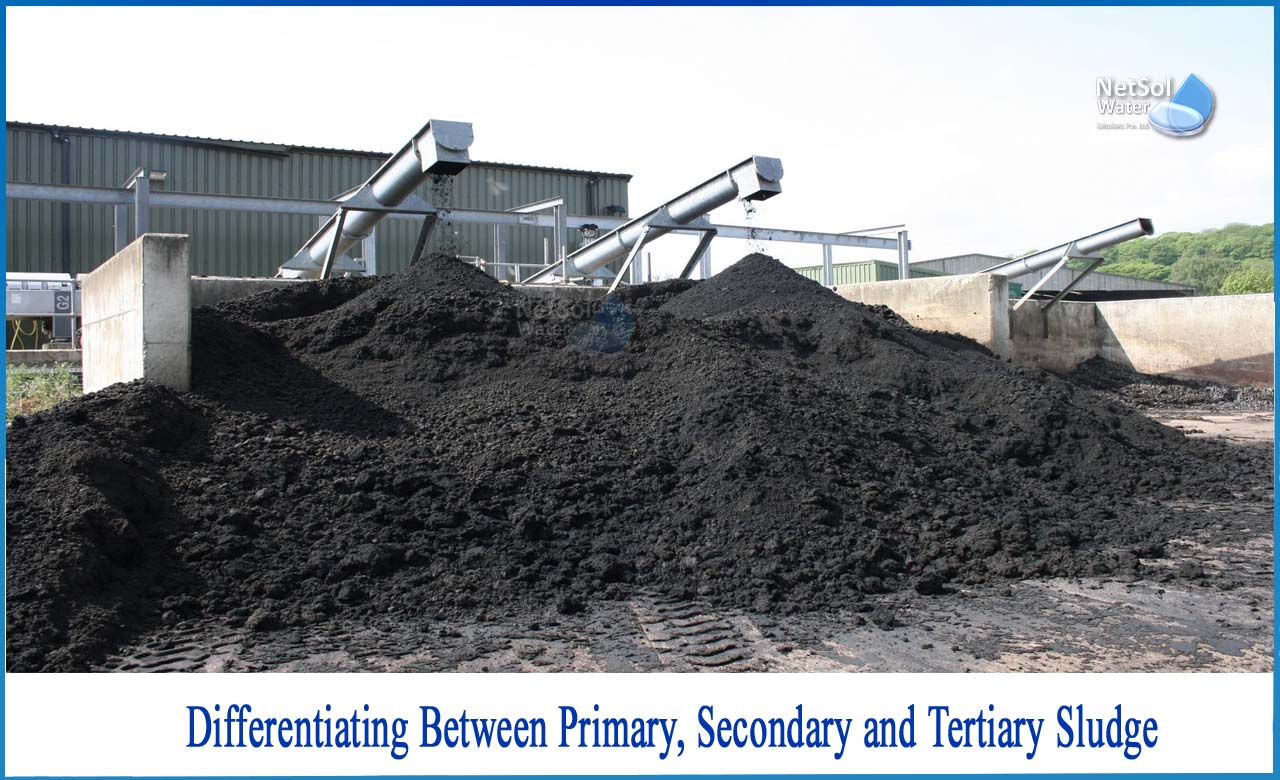What is sludge?
Raw sludge is untreated sludge, which can be taken from wastewater treatment plants. It tends to acidify digestion and produce odour. Biological wastewater treatment produces different sorts of sludge within the individual process steps.
What are the different types of sludge?
1: Primary sludge
Primary sludge is produced through the mechanical or primary wastewater treatment process. It occur after pre-treatmentand is composed of undissolved wastewater impurities. The sludge that builds up on the bottom of the primary purifier is also called primary sludge. The composition of this mud depends on the characteristics of the catchment area. Primary sludge is high in organic matter such as faeces, vegetables, fruits, fibre and paper. Viscosity is a viscous liquid with a water content of 93% to 97%. Primary sludge is a result of the confinement of suspended solids and organics in the primary treatment process through gravitational sedimentation, commonly by a primary clarifier.
2: Secondary sludge
The secondary treatment process uses microorganisms to consume the organic matter in the wastewater.
a): Activated Sludge
The removal of dissolved organic matter and nutrients from the wastewater takes place in the biological treatment step. Organic matter removal is achieved by different types of bacteria and microorganisms, which require oxygen to live, grow and multiply in order to consume the organic matter. The effluent sludge from this process is called activated sludge. The activated sludge exists normally as flakes, which besides living and dead biomass contains adsorbed, stored, as well as organic and mineral parts. The sedimentation behaviour of the activated sludge flakes is important for the function of the biological treatment. The flakes must be simply removable, so that the biomass can be separated from the cleaned wastewater without problems and a required volume of activated sludge can be pumped back into the aerated part.
b): Return activated sludge
The activated sludge flows from the biological aeration basin into the final clarifier. The activated sludge flakes settle down to the bottom of the treatment unit and can be separated from the cleaned wastewater. The main part of the separated sludge, which is returned back to the aeration basin, is called return activated sludge. Excess secondary sludge is sent for further treatment and disposal.
To reach a constant sludge age, the unused biomass has to be removed from the biological or secondary treatment system as excess sludge which is disposed off. Excess sludge contains metabolically non-hydrolysable particulate matter and biomass.
c):Digestive Sludge
Anaerobic digestion produces digestive sludge. The colour is black and it smells earthy. The organic solid content of anaerobic sludge is 45-60%, depending on the degree of stabilization.
3:Tertiary sludge
Tertiary sludge results from further wastewater treatment steps by adding flocculants.
Conclusion
There are three basic biological treatment methods: the trickling filter, the activated sludge process, and the oxidation pond.
Primary sludge is generated from chemical coagulation and precipitation, sedimentation, and other primary processes, whereas secondary sludge is the activated waste biomass resulting from biological treatments.
How can Netsol Water help?
Netsol is India’s leading water and wastewater treatment solution company which covers all the needs of any water treatment scheme on all levels. We have the expertise to provide wastewater solutions at domestic, industrial and municipal level.
Netsol Water is Greater Noida-based leading water & wastewater treatment plant manufacturer. We are industry's most demanding company based on client review and work quality. We are known as best commercial RO plant manufacturers, industrial RO plant manufacturer, sewage treatment plant manufacturer, Water Softener Plant Manufacturers and effluent treatment plant manufacturers. Apart from this 24x7 customer support is our USP. Call on +91-9650608473, or write us at enquiry@netsolwater.com for any support, inquiry or product-purchase related query.



